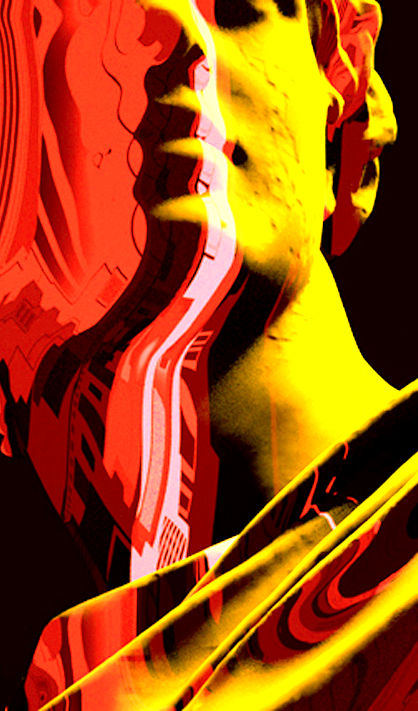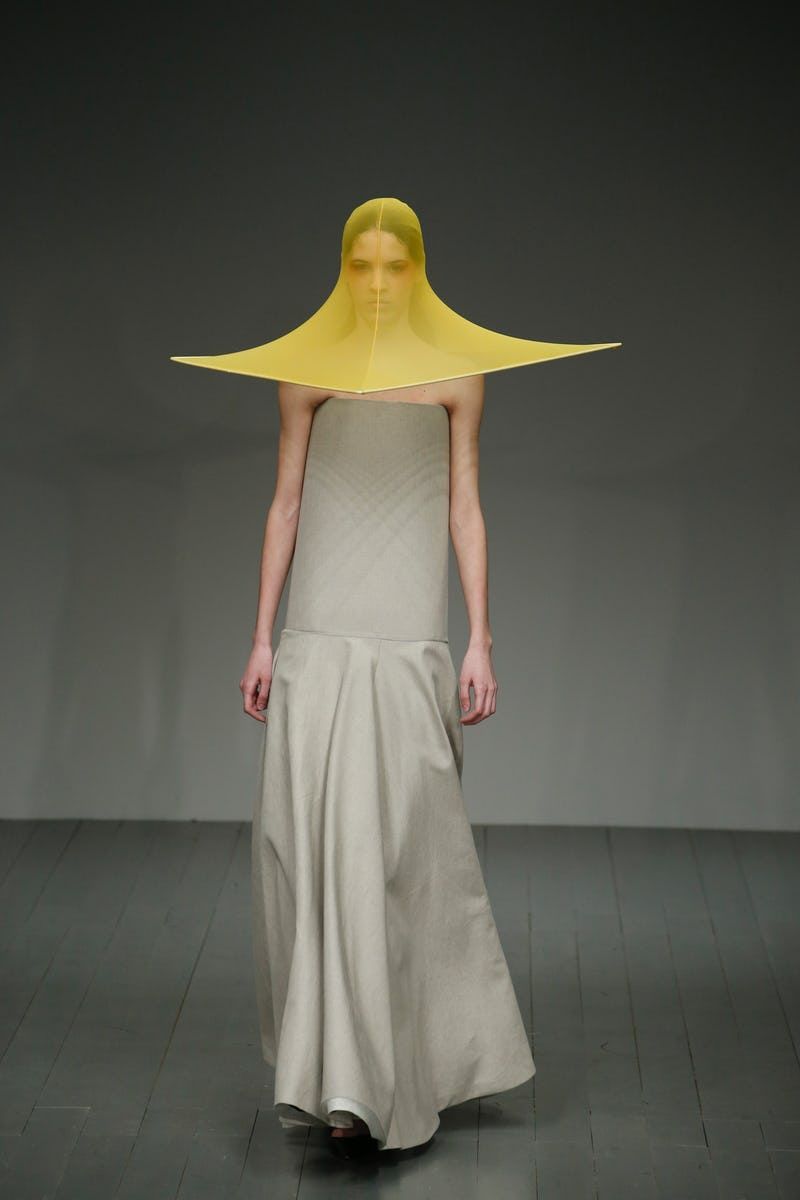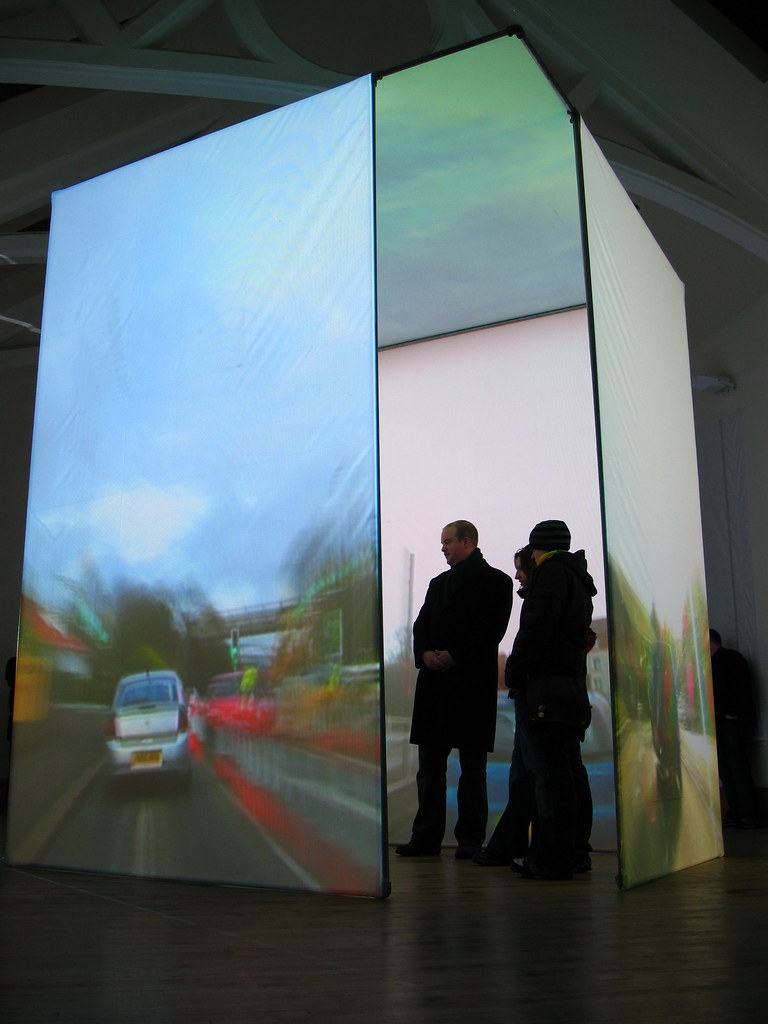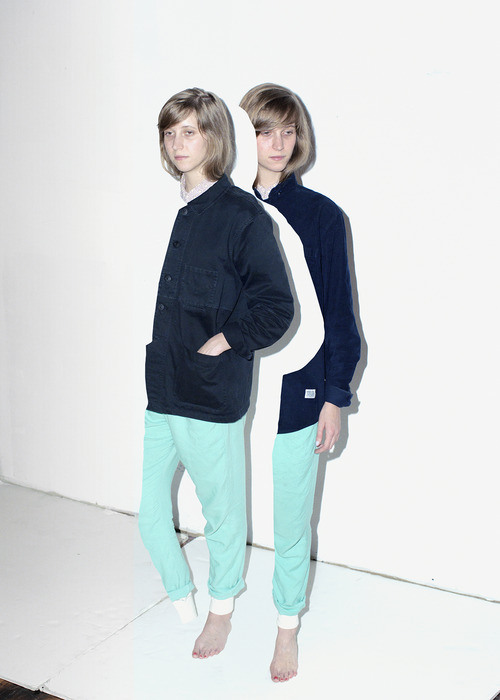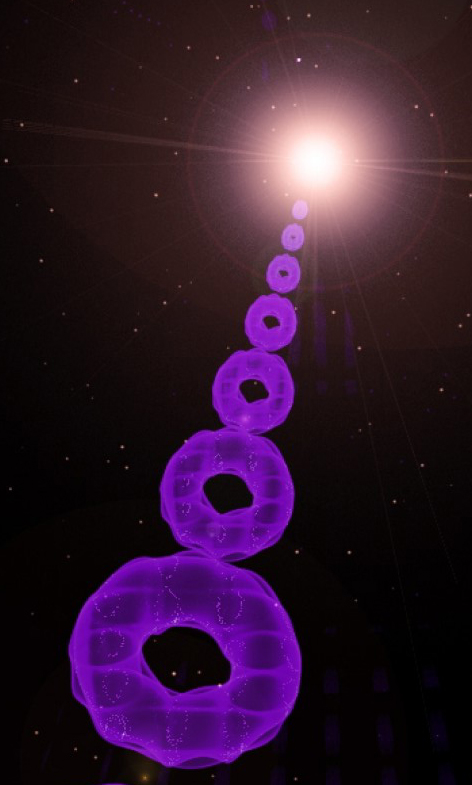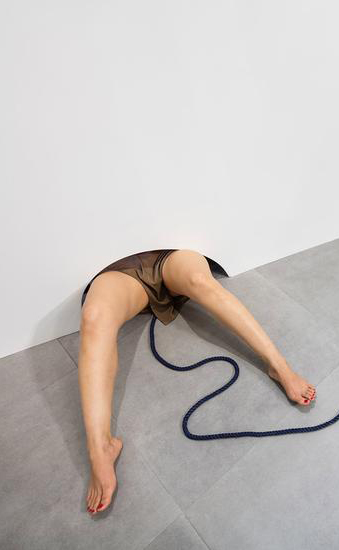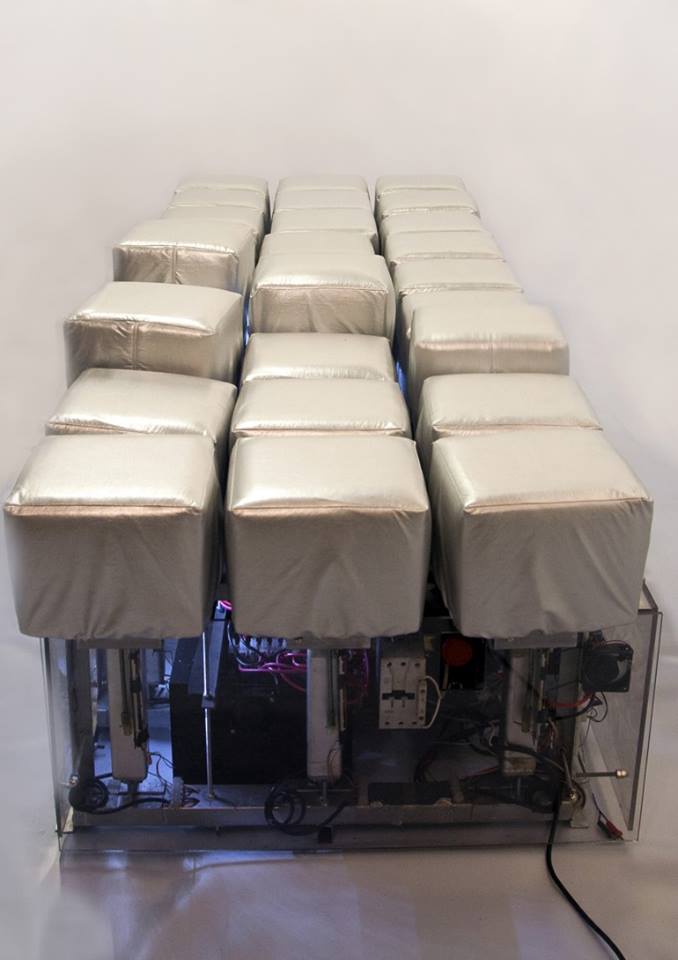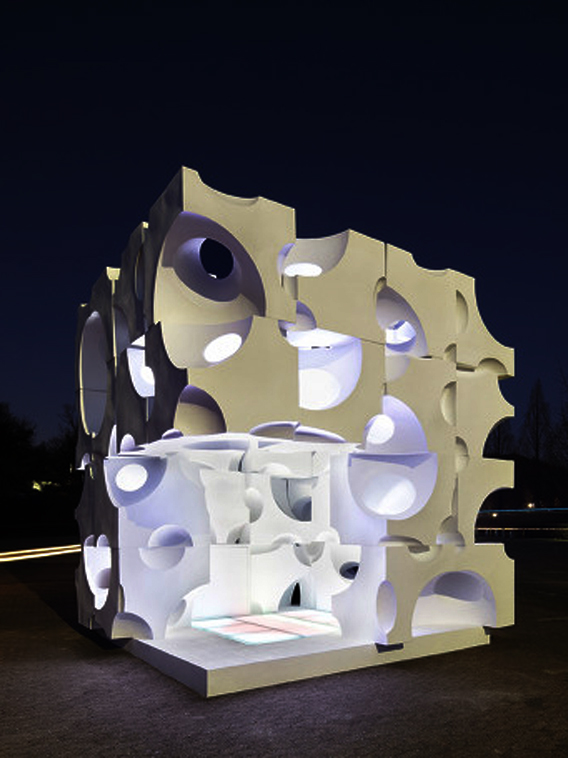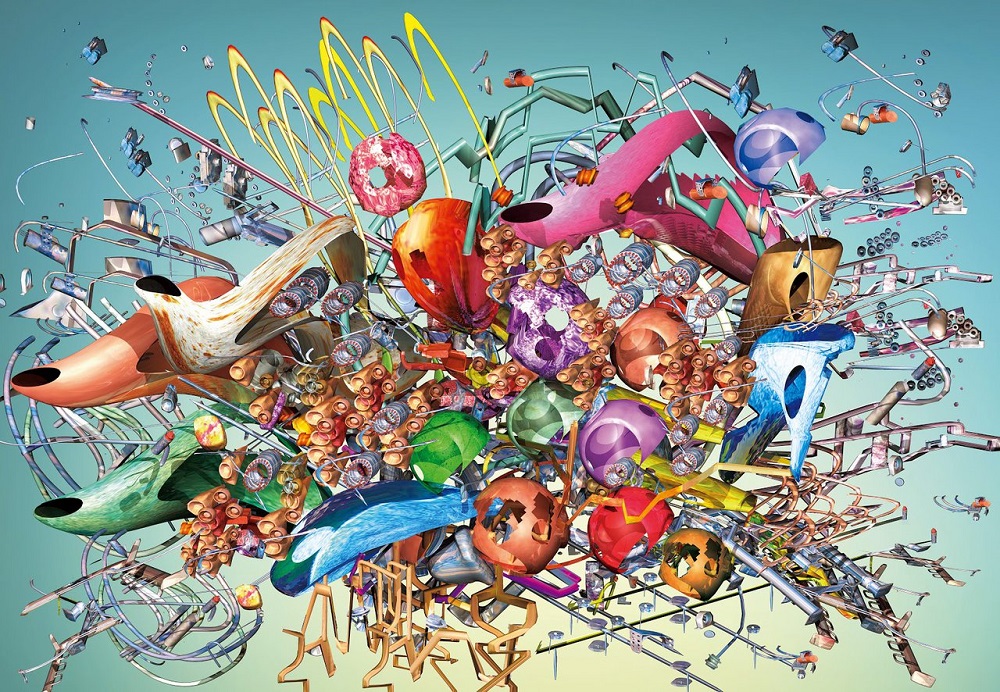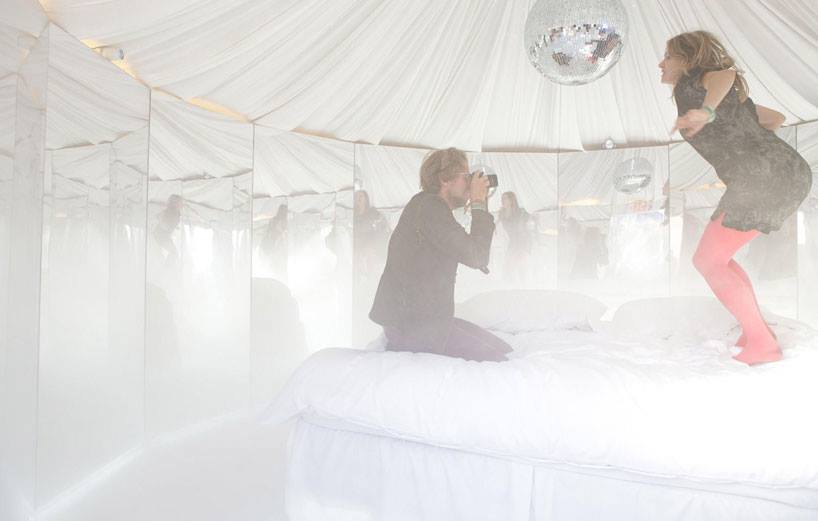Martela
FILE FESTIVAL
Tactila is an art form whose medium is the sense of touch (tact) which is independent from the all the other ones and has its own intelligence, imagination, memory, perception, and sensation. It is well known that vision and sound have hegemony in arts and in other disciplines. Tactila takes place in time and, therefore, can be recorded and have various forms of notation for subsequent executions. That is why its development became possible only now, thanks to mechatronic and robotic systems which are compatible with machine languages.
The creation of tactile works involves a (tact) composition, which can be made through handmade notation and played on a keyboard or directly on the computer of the tactile machine ( robot ).
Tactile machines can present numerous tactile possibilities through points, vectors, and textures with varying rhythms and intensities, and be run in different extensions and locations of our body.
.
The first tactile machine is called “Martela”. It is a tactile robot comprised of 27 engines subdivided into three squares (3 x 3), i.e., each square has 9 engines. Each engine corresponds to a matrix point, so we have 27 tactile units that allow to touch the user’s body with various intensities.






